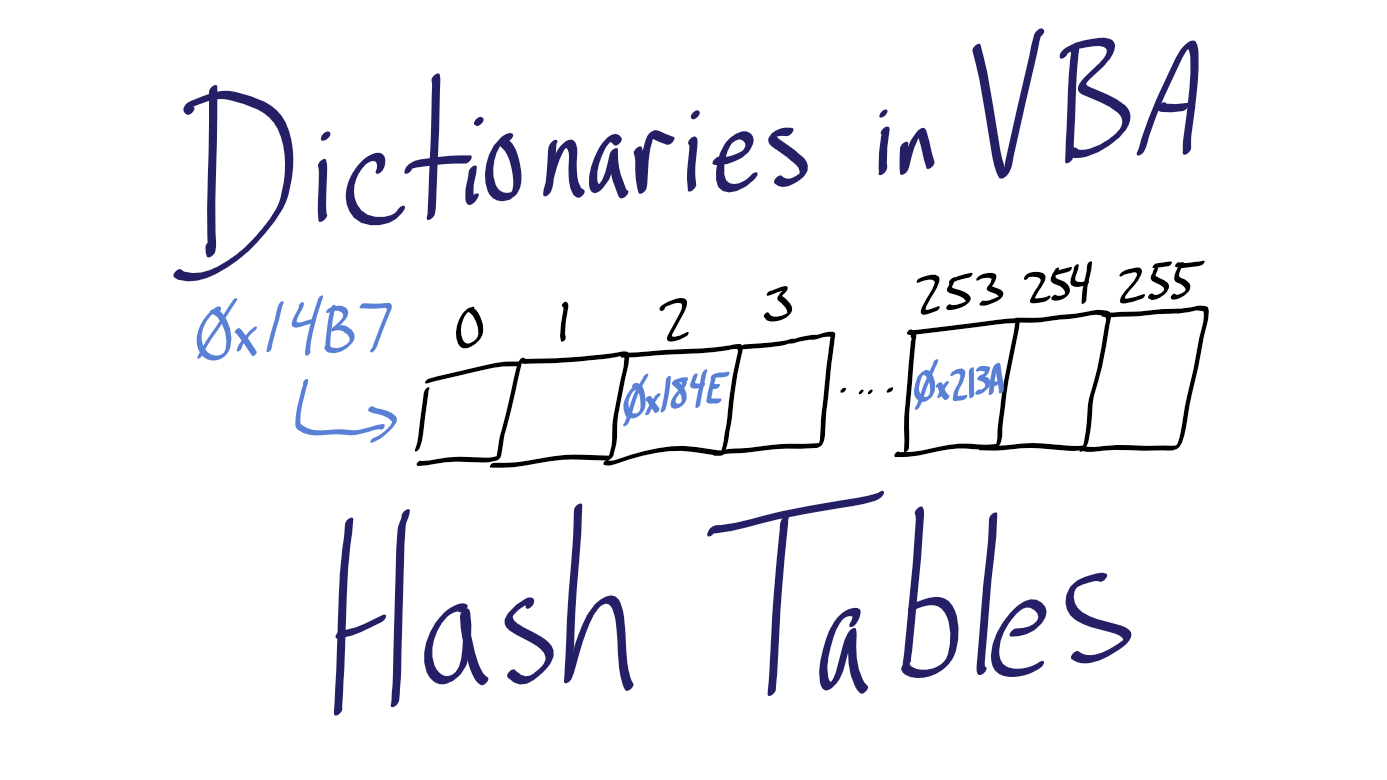


With the help of this hashcode approach, the Hashtable can also instantly determine in which bucket it has stored the value when you decide to retrieve it. (This is a simple example the Hashtable will massage the hashcode first so the Hashtable doesn’t try to insert the value outside the bucket.) Furthermore, if the hashcode is two, the Hashtable stores the value into Bucket 2. Thus, for instance, if the hashcode equals zero, the Hashtable stores the value into Bucket 0. The Hashtable uses that code to determine the bucket in which to place the key/value. When you give a key/value to the Hashtable, it asks the key’s hashcode. The Hashtable uses the key’s hashcode to specify which bucket the key/value pair should map. K: It is the type of keys maintained by this map.Ī Hashtable internally holds buckets in which it stores the key/value pairs.Here is the declaration for class: public class Hashtable extends Dictionary implements Map, Cloneable, Serializable Parameters of HashTable Class Java Hashtable is the same as HashMap besides it is synchronized. Moreover, it was a part of java.util package. Also, This class implements a hash table. Java Hashtable Class inherits Dictionary class and implements the Map interface.

Comparison Table of HashMap & HashTable.How Hashtable works internally in java?.The Hierarchy of Hashtable Class in Java.So, stay tuned to this page and gather enough information on Hashtable Class in Java. Both HashMap and HashTable are similar but there are few differences between them which can be known clearly from here.Īlso, we will see how to create a Hashtable, how it works internally, methods of java hashtable, some example codes, etc. Hashtable stores the key/values pair in a hash table. Hashtable example in java: Want to learn about the Java Hashtable? Then, this is the best & ultimate tutorial for you all.


 0 kommentar(er)
0 kommentar(er)
